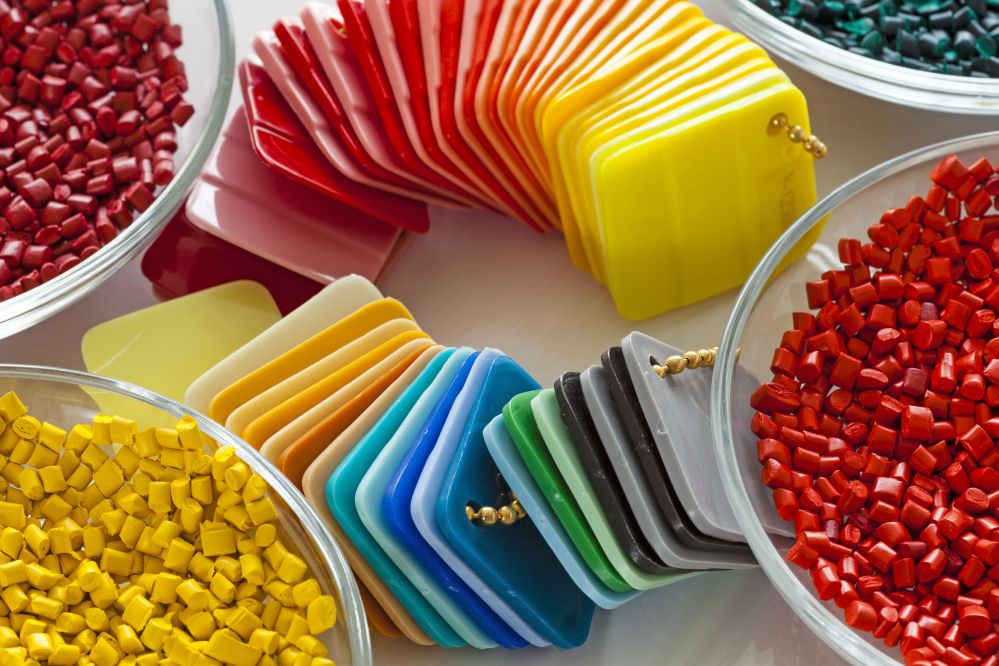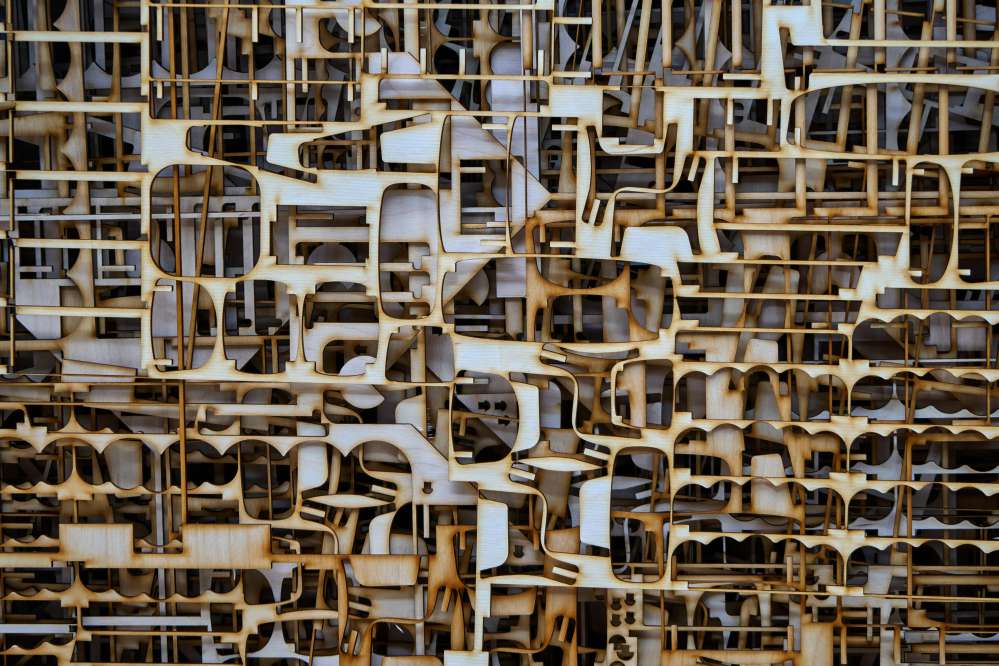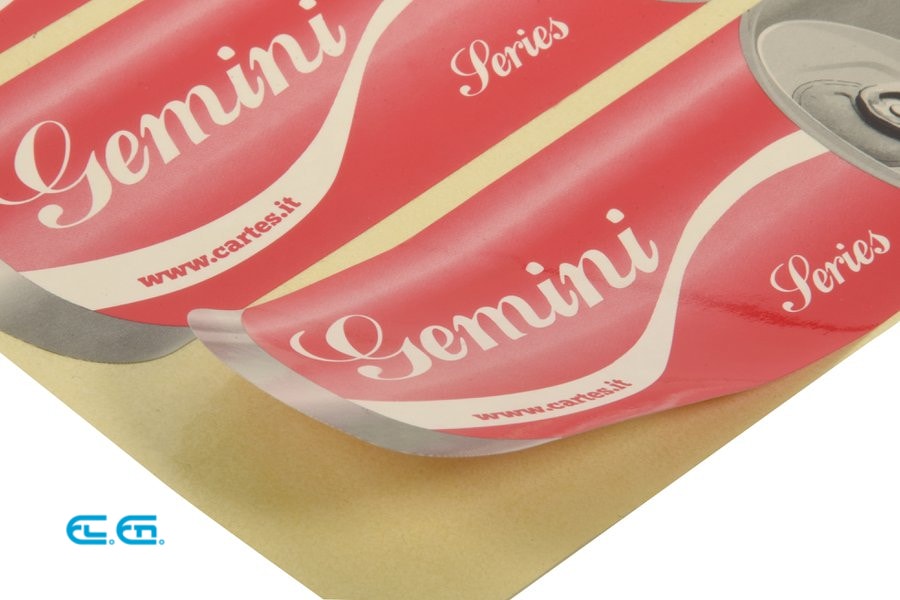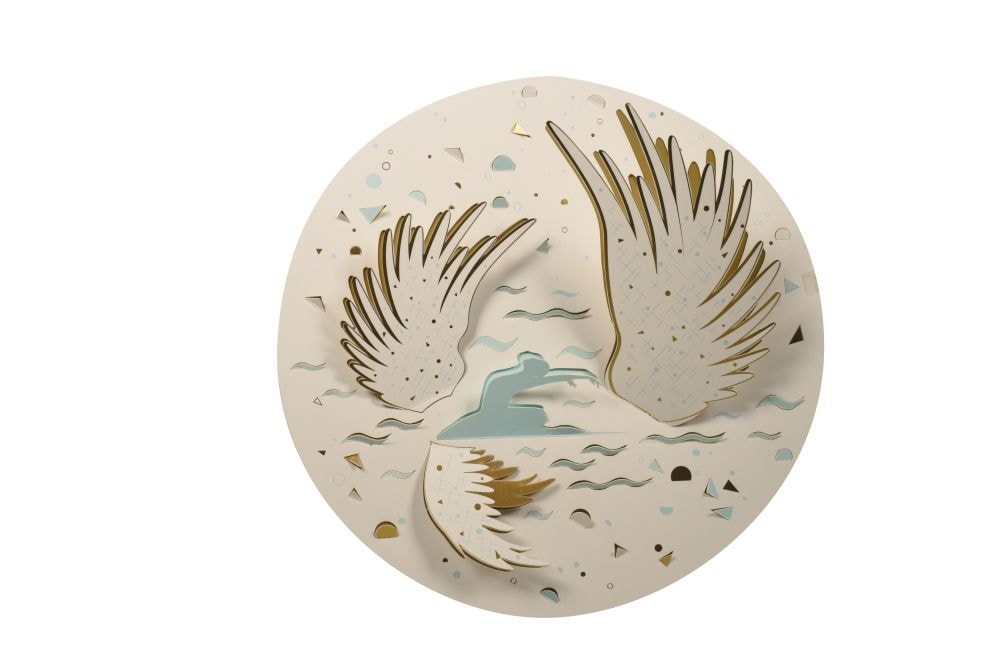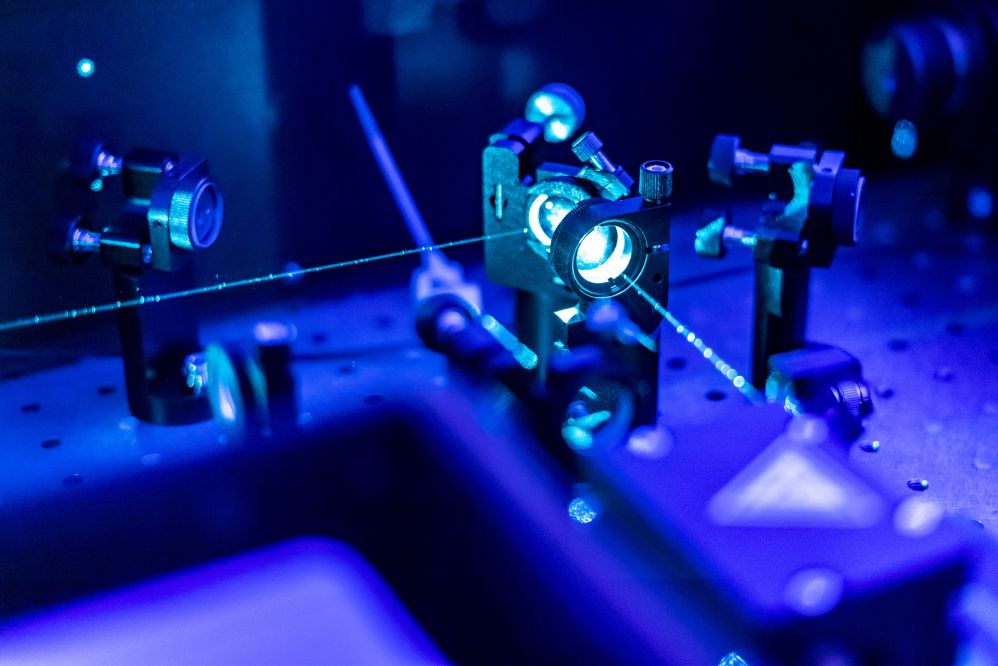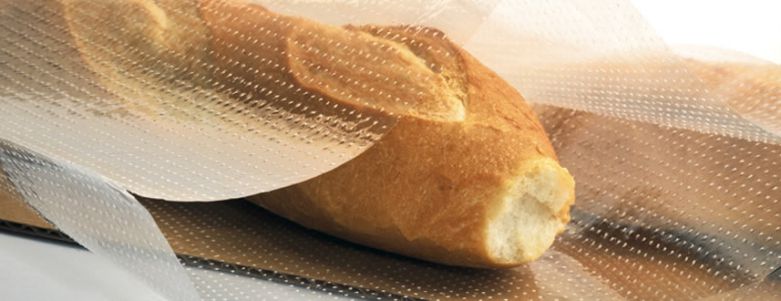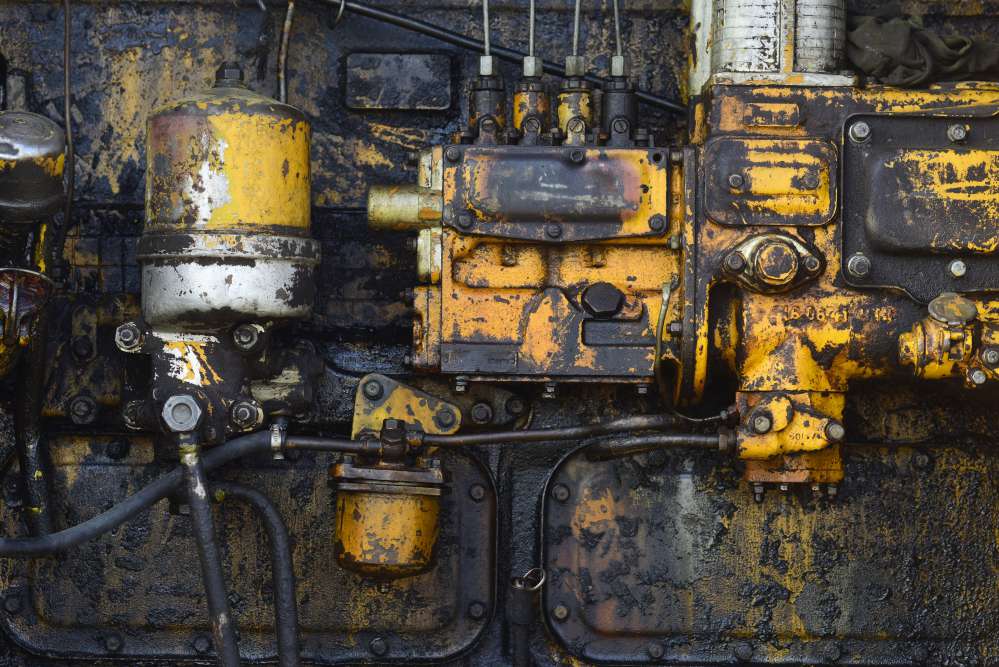Plastic processing was one of the sectors in which the introduction of the CO2 laser was immediately appreciated. Laser has made it possible to carry out faster, more precise and less wasteful processes.
Flexibility has been the watchword that made new methods possible andopened up new areas of application for plastic processing.
The word “plastic” is quite inaccurate: it covers a large number of materials which have very different behaviors, mechanical characteristics, workability and possible applications.
Cutting, drilling and marking are the main processes that can be carried out with CO2 laser. Plastic objects are cut by gradually removing the material until the laser beam penetrates through its entire thickness.
Some plastics lend themselves more to cutting than others. The best results with laser are obtained with acrylic (PMMA) and polypropylene (PP). On these plastics, the cut comes out with smooth, shiny edges and without any scorch marks.
CO2 laser marking for plastic is based on the same principle as laser cuts; though in this case, the beam only removes a surface layer, leaving an indelible mark.
In theory, laser can mark any type of logo, code or figure on plastic, but in reality, the possible applications depend on the material used. Some materials respond better to cutting operations, while others are more suitable for marking.
But what does this great variability of behavior between one plastic and another depend on? The difference lies in the different disposition of the monomers, the repetitive molecular units within the polymer. Variations in temperature have an effect on the material properties and behaviour.
In fact, all plastics are processed with the use of heat. Depending on how they respond to it, plastics fall into two categories: thermosets and thermoplastics.
Examples of thermosetting polymers are:
- polyimide
- polyurethane
- bakelite
The main thermoplastic polymers are:
- polyethylene
- polystyrene
- polypropylene
- polyacrylic
- polyamide
- nylon
- ABS
Thermoplastic polymers, up to a certain threshold (called glass transition temperature), behave like a crystalline solid. Beyond this temperature they first transition to a rubbery state and then finally melt. These polymers are made up of linear chains, which explains why they can be melted and easily molded at certain temperatures.
Thermosetting polymers on the other hand, stiffen as the temperature increases until they reach melting point, beyond which a change of state occurs. Cross-linking within the macromolecule, makes them less susceptible to temperature differences. Because of these substantial differences, not all plastics respond well to laser. In general, thermoplastics lend themselves better to laser processing, but even thermosets can, to some extent, be subjected to laser processing.
In the following tables we have summarized the result of the interaction between the various polymers and the laser.
| Type of polymer | Cutting quality | Marking quality |
|---|---|---|
| Polyurethane | Fairly good | Poor |
| Bakelite | Very poor | Very good |
| Polyimide | Very good | Fairly good |
| Type of material | Cutting quality | Marking quality |
|---|---|---|
| Polyethylene | Fairly good | Fairly good |
| Polistirene | Fairly good | Fairly good |
| Polypropylene | Very good | Fairly good |
| Polymethylmethacrylate (PMMA) | Very good | Very good |
| Polycarbonate | Very poor | Very good |
| Nylon | Very good | Fairly good |
| Polyvinyl chloride (PVC) | Very poor | Very good |
As you can see, the results vary widely. A case by case analysis is recommended to understand which application works best. Plus, more plastics can undergo laser cutting: teflon (PTFE) is on of those.
How to choose the right laser system for plastic
The introduction of laser in plastic processing has paved the way for new applications. Laser processing of plastic is very convenient. Most commonly used polymers are perfectly compatible with the CO2 laser.
But choosing the most suitable laser system is not easy. The variables to take into consideration are many: the type of application, the type of material, and the production needs.
El. En. has produced laser systems for plastic processing for over 35 years. If you have an application in mind and aren’t sure how to make it, contact us. We will be more than happy to help you.
